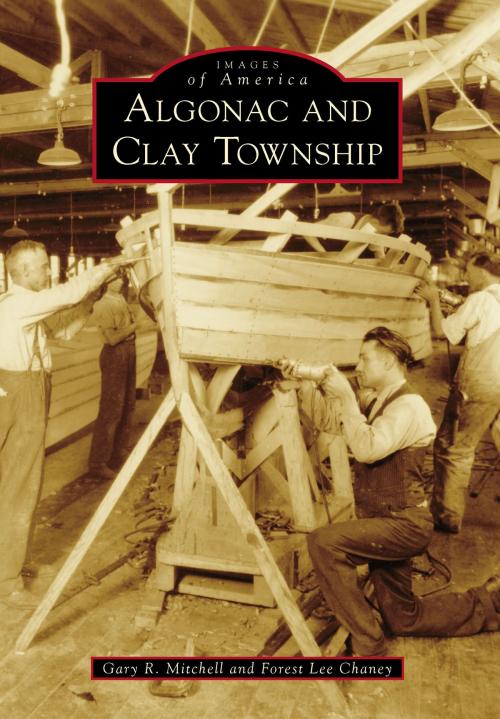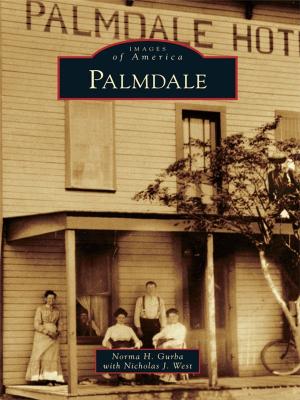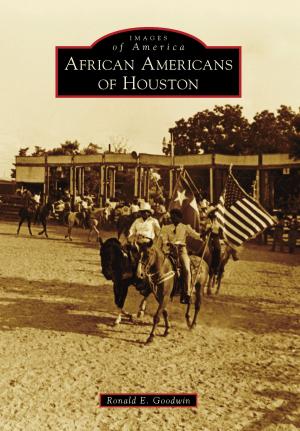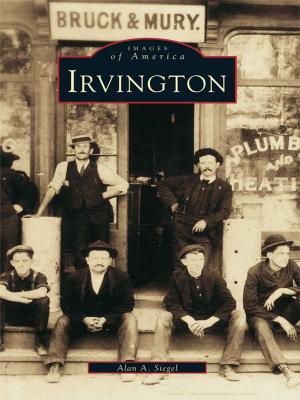| Author: | Gary R. Mitchell, Forest Lee Chaney | ISBN: | 9781439655993 |
| Publisher: | Arcadia Publishing Inc. | Publication: | May 16, 2016 |
| Imprint: | Arcadia Publishing | Language: | English |
| Author: | Gary R. Mitchell, Forest Lee Chaney |
| ISBN: | 9781439655993 |
| Publisher: | Arcadia Publishing Inc. |
| Publication: | May 16, 2016 |
| Imprint: | Arcadia Publishing |
| Language: | English |
As early as 1615, Frenchmen settled along the St. Clair River in the area now known as Algonac and Clay Township to trade furs with Native Americans. Despite Louis XIV's determination to build a colonial empire in this region, the French "fleur-de-lis" was replaced by the British Union Jack in 1760 and then by the American "Stars and Stripes" in 1783, making it one of the few regions in Michigan to have flown the flags of three nations. Following the decline of the fur trade, three major industries--lumber, boatbuilding, and salt production--provided pioneers with the means to amass fortunes. By the 19th century, Algonac and Clay Township had produced 47 sailboats and 26 steamboats, including the 221-ton steamer Philo Parsons in 1861; this large vessel was captured by Confederates in 1864 during the Civil War. The region is also famous for Gar Wood's Miss America boats and Chris Smith's Chris-Craft boat company.
As early as 1615, Frenchmen settled along the St. Clair River in the area now known as Algonac and Clay Township to trade furs with Native Americans. Despite Louis XIV's determination to build a colonial empire in this region, the French "fleur-de-lis" was replaced by the British Union Jack in 1760 and then by the American "Stars and Stripes" in 1783, making it one of the few regions in Michigan to have flown the flags of three nations. Following the decline of the fur trade, three major industries--lumber, boatbuilding, and salt production--provided pioneers with the means to amass fortunes. By the 19th century, Algonac and Clay Township had produced 47 sailboats and 26 steamboats, including the 221-ton steamer Philo Parsons in 1861; this large vessel was captured by Confederates in 1864 during the Civil War. The region is also famous for Gar Wood's Miss America boats and Chris Smith's Chris-Craft boat company.















